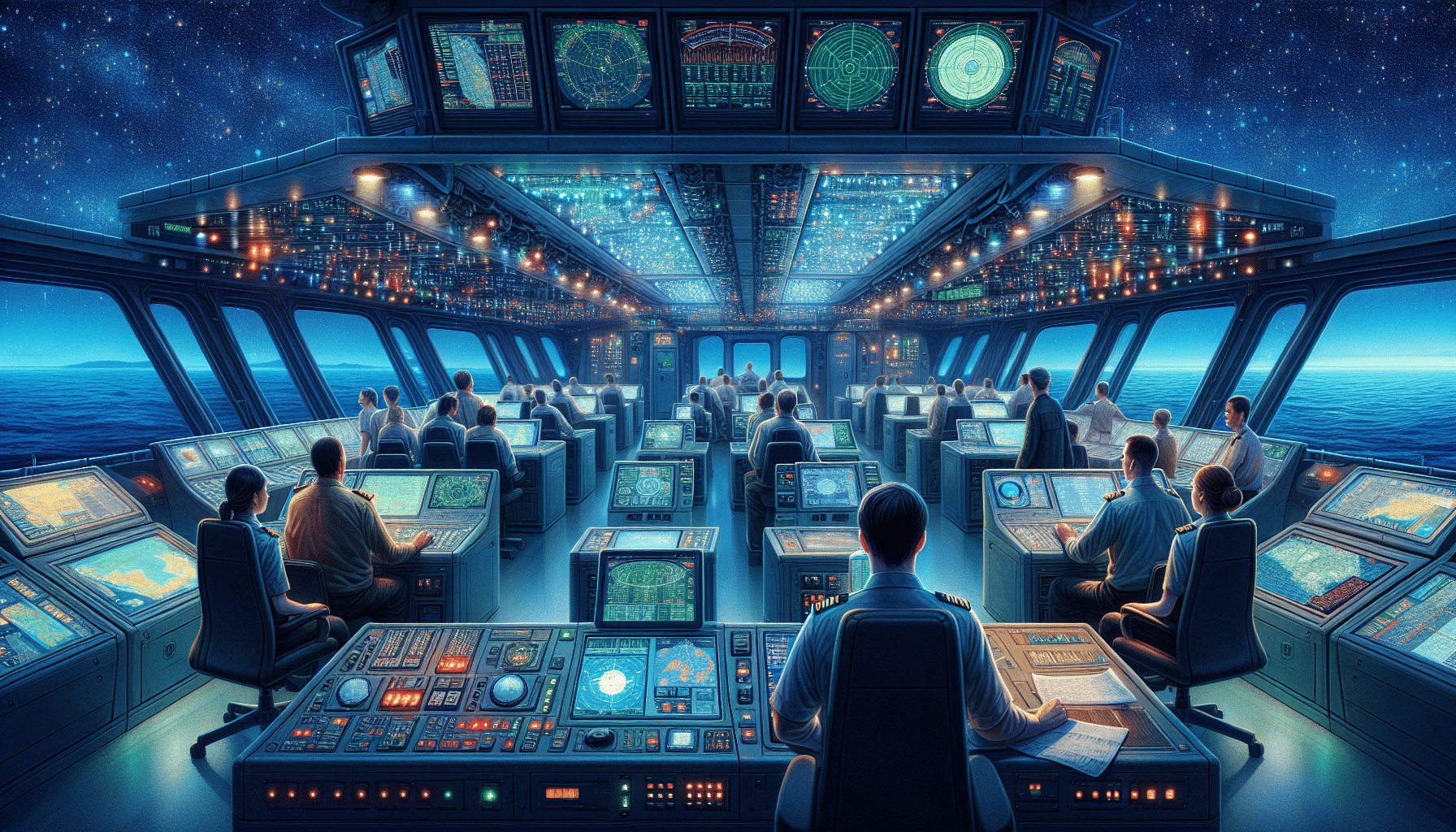Introduction to Modern Ocean Navigation Systems
Ocean navigation has evolved dramatically from the ancient art of reading stars to sophisticated electronic systems that utilize cutting-edge technology. Today, maritime navigation tools are vital for ensuring the safe passage of vessels across busy and vast oceans. This article explores several key systems that are central to modern ocean navigation, discussing their functions, benefits, and integration into maritime operations.
Global Positioning System (GPS)
The Global Positioning System (GPS) is perhaps the most well-known navigation technology. It uses a constellation of satellites that send signals to GPS receivers on ships to determine their exact location. GPS provides accurate position and timing information, which is crucial for navigation in open water. The system is reliable and widely used due to its precision and ease of use.
GPS Augmentation Systems
To enhance the accuracy of GPS, several augmentation systems have been developed. These systems, such as the Wide Area Augmentation System (WAAS) and Differential GPS (DGPS), help correct GPS signal errors caused by various factors like atmospheric disturbances, ensuring even greater accuracy and reliability for maritime navigation.
Automatic Identification System (AIS)
The Automatic Identification System (AIS) is a crucial technology required for all vessels over a certain size. AIS works by automatically exchanging a variety of ship data such as identity, position, course, and speed with nearby ships and coastal authorities. This information helps in collision avoidance and enhances maritime safety. AIS is particularly useful in busy sea lanes and ports, where the traffic density is high.
Radar Systems
Radar systems use radio waves to detect and track objects such as land, other ships, and navigational hazards. They are essential for navigating through poor visibility conditions such as fog or heavy rain. Modern radar systems are integrated with other navigational tools to provide comprehensive situational awareness to mariners.
Types of Marine Radars
There are two primary types of marine radars: magnetron radars and solid-state radars. Magnetron radars, which have been the standard for many years, emit pulses of high-frequency radio waves and measure the echoes returned after hitting an object. Solid-state radars, on the other hand, use semiconductor technology to provide clearer images and more precise data with lower energy consumption and maintenance requirements.
Electronic Chart Display and Information System (ECDIS)
ECDIS is a computer-based navigation system that complies with International Maritime Organization (IMO) regulations and can serve as a substitute for paper nautical charts. Integrated with GPS and other sensors, ECDIS provides real-time information about the ship’s position and navigational safety information. This system enhances navigational accuracy and efficiency by displaying essential information on a single screen.
Benefits of ECDIS
One of the primary benefits of ECDIS is its ability to integrate multiple data sources into a cohesive navigational picture. It overlays radar data, AIS signals, and real-time updates directly onto digital maritime charts, providing an augmented reality view of the maritime environment. This synthesis allows for enhanced decision-making and operational safety.
The integration of these modern navigation systems has revolutionized maritime operations, making them safer and more efficient than ever before. By leveraging advanced technologies such as GPS, AIS, radar, and ECDIS, maritime industry stakeholders can ensure precise navigation and effective communication, crucial factors in the ever-busy and unpredictable marine environments. As technology continues to evolve, it is expected that new innovations and enhancements will further augment the capabilities of ocean navigation systems, continuing the historical trend of progress in maritime navigation.








